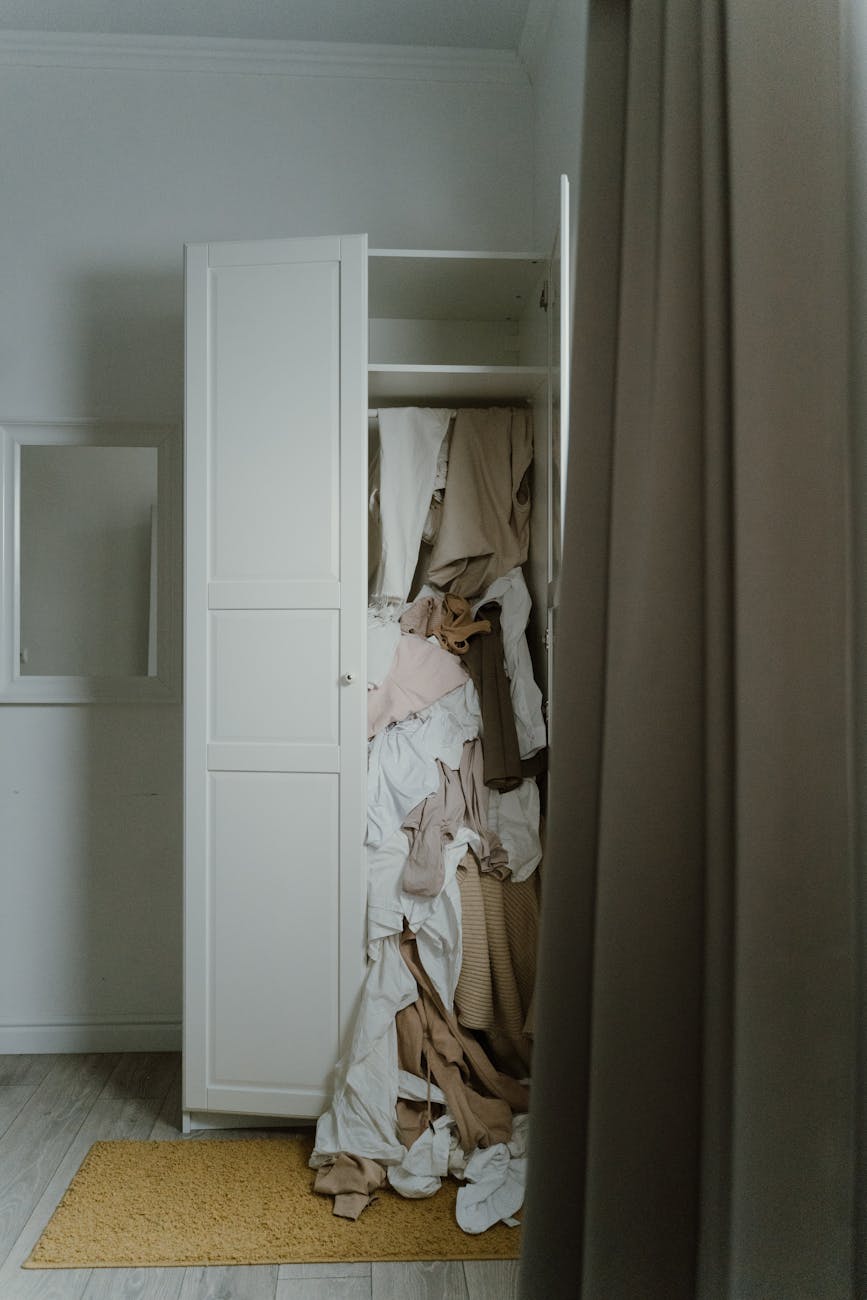5 Tips for Using Clothes Hangers to Maximize Your Closet Space & Preserve Your Garments
A well-organized closet isn’t just aesthetically pleasing; it’s a functional space that protects your clothing and makes getting dressed a breeze. While decluttering and proper folding techniques are crucial, often overlooked is the humble clothes hanger. The right hangers, and their proper use, can dramatically impact your closet’s efficiency and the longevity of your wardrobe. Many people simply grab whatever hanger is available, but this can lead to stretched shoulders, misshapen fabrics, and wasted space. This article will explore five essential tips for using clothes hangers effectively, covering everything from choosing the right type to strategic placement, ultimately helping you create a more organized, space-saving, and garment-friendly closet. Let’s dive in and elevate your closet game!
Choosing the Right Hanger Type
Not all hangers are created equal. Using the wrong hanger can damage your clothes and take up unnecessary space. The first step is understanding the different types available and matching them to the garment. Wooden hangers, for example, are excellent for heavier items like coats, suits, and dresses. Their sturdy construction prevents shoulders from stretching, and the contoured shape mimics the natural form of a shoulder, maintaining the garment’s shape. Velvet hangers are a popular choice for their non-slip surface, which is ideal for silky blouses, camisoles, and anything prone to sliding off. Plastic hangers are generally the most affordable, but can be less durable and may contribute to shoulder distortion over time. Finally, consider skirt and pant hangers – clip hangers or folding hangers are best for preventing creases and maintaining a neat appearance.
Here’s a quick comparison table to help you decide:
| Hanger Type | Best For | Pros | Cons |
|---|---|---|---|
| Wooden | Coats, Suits, Dresses | Sturdy, Maintains Shape, Elegant | More Expensive, Can be bulky |
| Velvet | Silky Blouses, Camisoles, Anything Slippery | Non-Slip, Prevents Sliding | Can collect lint, Less durable than wood |
| Plastic | Everyday Clothes | Affordable, Lightweight | Can distort shoulders, Less durable |
| Skirt/Pant (Clip) | Skirts, Pants | Prevents Creases, Keeps Neat | Clips can sometimes leave marks |
| Skirt/Pant (Folding) | Skirts, Pants | Prevents Creases, Gentle on Fabric | Can take up more space |
Hanger Orientation: Facing In or Out?
This seemingly minor detail can actually make a difference in how much space you save and how easily you can find what you’re looking for. The popular method of facing all hangers in the same direction – typically facing inwards, towards the back of the closet – is a visual trick that creates the illusion of more space. It’s based on the principle of optical illusion; a row of facing-in hangers appears shorter than a row of facing-out hangers. However, facing hangers outwards can actually be more practical. It allows you to quickly scan your closet and identify items at a glance, especially helpful for those with a large wardrobe. Experiment with both methods to see which works best for your closet layout and personal preference.
Strategic Closet Arrangement
Once you’ve chosen the right hangers, consider how you arrange your clothes within the closet. Group similar items together – all your blouses, all your dresses, all your trousers. Within each group, organize by color. This not only looks visually appealing but also makes it much easier to find what you need. Heavier items, like coats and jackets, should be placed on sturdier wooden hangers and positioned towards the back of the closet to prevent them from crushing lighter garments. Lighter, more delicate items can be hung towards the front. Regularly assess your closet and remove items you no longer wear or need to maintain a streamlined and organized space.
Preventing Shoulder Distortion
One of the most common problems with improper hanger use is shoulder distortion, particularly with knit sweaters and delicate blouses. This occurs when the hanger’s shape doesn’t match the garment’s natural shoulder line, causing the shoulders to stretch and become misshapen. Using the correct hanger type – wooden or padded hangers are ideal – is the first step. Ensure the hanger’s width is appropriate for the garment. Too narrow, and the shoulders will be squeezed; too wide, and the garment will hang awkwardly. Avoid wire hangers at all costs, as they are notorious for causing damage. Regularly check your clothes for signs of shoulder distortion and adjust your hanger choices accordingly.
Maintaining Hanger Consistency
A closet filled with a mix of different hanger styles and colors can look cluttered and disorganized. Strive for consistency in your hanger choices. While you don’t need to buy all identical hangers, choosing a limited number of styles and colors creates a more cohesive and visually appealing look. This also makes it easier to identify when it’s time to replace worn-out hangers. Investing in a set of high-quality, matching hangers is a worthwhile investment that will pay off in the long run by improving your closet’s organization and protecting your clothes.
In conclusion, the seemingly simple act of choosing and using clothes hangers correctly can have a profound impact on your closet’s organization, space utilization, and the preservation of your wardrobe. We’ve explored the importance of selecting the right hanger type for different garments, the visual trick of hanger orientation, the benefits of strategic closet arrangement, preventing shoulder distortion through proper hanger selection, and the value of maintaining hanger consistency. By implementing these five tips, you can transform your closet from a chaotic mess into a functional and stylish space, ensuring your clothes look their best and last longer. So, take a moment to assess your current hanger situation and make the necessary adjustments – your closet, and your clothes, will thank you for it!
